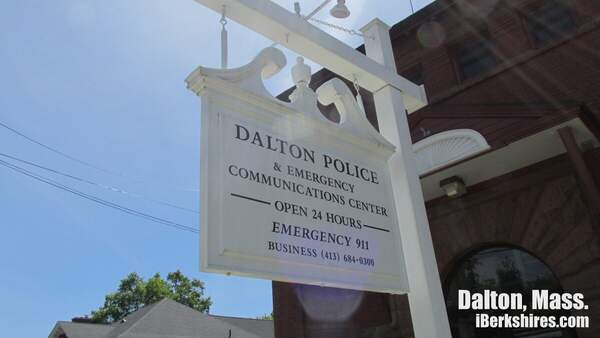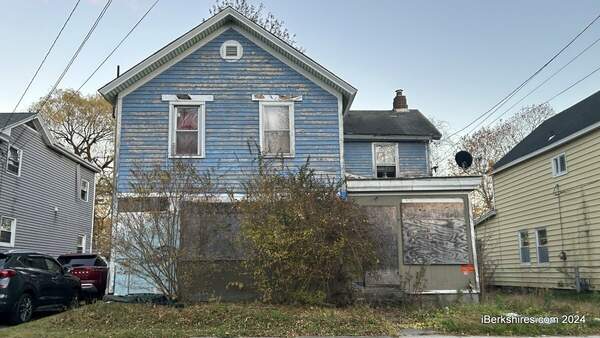EPA Reminds New Englanders to Use Air Quality Alerts for Smog Season
BOSTON — With the onset of warmer weather, the U.S. Environmental Protection Agency (EPA) urges New Englanders to be aware of the increased risk of ground-level ozone and fine particle air pollution (often referred to as smog, when combined), and to take health precautions when smog levels are predicted to be high.
EPA and the New England States continue to offer free resources for the public to monitor the latest air quality forecasts.
"The New England States have made great strides in reducing air emissions, but ozone air pollution continues to be a significant public health issue in our communities," said EPA New England Regional Administrator David W. Cash. "New Englanders, especially the elderly and people with underlying health conditions, should pay close attention to air quality and limit strenuous outdoor activity on days when poor air quality is expected. We also know that many historically underserved communities have suffered from exposure to more air pollution over the years and may also suffer from higher asthma rates. When air quality is poor, we can all take individual actions to reduce our emissions that contribute to air pollution, such as reducing energy use and driving less."
On April 13, the U.S. EPA Region 1 issued an unprecedented early ozone season alert for South central Massachusetts (Worcester, Hampton, Hampshire counties), Rhode Island (statewide), and southeastern Connecticut. Air quality forecasts are issued daily by the New England state air agencies. Current air quality conditions and next-day forecasts are available each day on EPA's AirNow website. Individuals can also sign up to receive "Air Quality Alerts." These alerts are provided for free by EPA and in cooperation with the New England states through the EnviroFlash system that automatically notifies participants (by email or text message) when ozone or fine particle pollution levels in their area are predicted to be high.
Warm summer temperatures aid in the formation of ground-level ozone. The current ozone standard, set in 2015, is 0.070 parts per million (ppm) on an 8-hour average basis. Air quality alerts are issued when ozone concentrations exceed, or are predicted to exceed, this level. EPA's New England office posts a list of exceedances of the ozone standard, by date and monitor location, at Current AQI in New England.
Although the number of unhealthy days varies from year to year due to weather conditions, New England has experienced a significant decrease in the number of unhealthy ozone days over the long term. For the 2015 ozone standard, New England had 118 unhealthy days in 1983, compared with 24 in 2022. This downward trend is mainly due to a reduction in emissions from powerplants and other industrial facilities.
Pollution sources that contribute to smog formation are diverse. They include cars, motorcycles, trucks, and buses; industrial sources; and fossil-fuel burning at electric generating stations, particularly on hot days. Smaller sources, such as gasoline stations and print shops, and household products, such as paints and cleaners, as well as gasoline-powered lawn and garden equipment, also contribute to the formation of smog.
Here are some of the actions everyone can take to reduce air pollution:
-
Use public transportation, bike, or walk whenever possible.
-
Combine errands and carpool to reduce driving time and mileage.
-
Avoid using small gasoline-powered engines, such as lawn mowers, string trimmers, chain saws, power-washers, air compressors, and leaf blowers.
-
Avoid outdoor burning, including leaf burning and use of firepits and campfires.
In addition, during poor air quality events, it is important to reduce household energy usage, such as setting air conditioners to a higher temperature, turning off unnecessary lights, equipment, and appliances. EPA's ENERGY STAR Program also provides trusted guidance and online tools to help homeowners make smart decisions about improving the energy efficiency of their existing homes.
EPA also continues to take actions to improve air quality. In March 2022, EPA proposed a federal plan that would cut pollution from power plants and industrial sources that significantly contribute to unhealthy levels of ground-level ozone, or smog, for millions of Americans who live downwind from those facilities. This "good neighbor" policy would, if implemented, help air quality in many areas of New England. Additionally, in March, EPA proposed a rule that would set new, more stringent standards to reduce pollution from heavy-duty vehicles and engines starting in model year 2027. The heavy-duty industry includes delivery trucks, tractor-tailers, school buses, and other types of work vehicles that contribute significantly to local, regional, and global air pollution. When finalized, these new vehicle standards will help ensure that air pollution levels improve over the years to come.
Poor air quality affects everyone, but those who are active outdoors and/or have respiratory diseases, such as asthma, are more sensitive. When air quality is predicted to be "unhealthy for sensitive groups," EPA and states announce an air quality alert for the affected areas. On these days, EPA recommends that people in these areas limit strenuous outdoor activity and asks that the public and businesses take actions to help reduce air pollution and protect public health.















